Now Reading: Sunscreen 101
Sunscreen 101

No morning routine is complete without sunscreen, but what makes sunscreens different? What is broad spectrum? What is "PA++++”? Sunscreen can be confusing, but step one is to find a sunscreen you like to wear, that fits into your daily routine, and you can use year-round. Read on to learn the fundamentals of UV protection, SPF rating, and the details of our NEW Dew-Glow Moisturizer SPF 50 PA++++.
THE SCIENCE BEHIND IT…
OVERALL CLINICAL DATA ON SPECIFIC INGREDIENT(S) & HOW THEY FUNCTION:
Exposure to ultraviolet radiation from solar energy can lead to both acute and chronic skin conditions such as sunburn, erythema, edema, premature skin aging, and skin cancer.1 The sun emits three types of ultraviolet radiation which are classified by wavelength, measured in nanometers. UVC (100-280 nm) is primarily blocked by the earth’s ozone and is therefore not relevant to the pathogenesis of photoaging or skin cancer. The UV radiation from sunlight that reaches earth is approximately 90-95% UVA and 5-10% UVB. UVA photons have the longest wavelength (315-400 nm) and upon reaching the dermis result in skin changes and damage to the dermal connective tissue leading to photoaging as well as causing indirect DNA damage. UVB photons (280-315 nm) are higher energy and reach as far as the epidermis. This class of ultraviolet radiation leads to erythema, inflammation, sunburn, and cellular DNA changes that can elicit skin cancer. UVB radiation is primarily responsible for sunburn formation. Both UVA and UVB radiation are considered carcinogenic but through different mechanisms. The body has endogenous antioxidants and mechanisms to protect itself from UV radiation, but these antioxidants can become depleted, and the skin defense mechanisms overrun leading to reactive oxygen species (ROS) and therefore skin cancer and premature skin aging.2 In order to reduce the deleterious effects of UV radiation upon the skin and aid in the prevention of photoaging and UV induced skin cancer, topical sunscreen products are available that contain ingredients that act as UV filters which reduce the amount of UV radiation permeating into the skin.
SPF indicates the measure of protection a product provides against sunburn or erythema and primarily indicates protection against UVB and UVA-II (315nm-340nm) radiation.3 As wavelength increases, the ability of UV radiation to induce erythema decreases making UVB radiation much more efficient at inducing a sunburn than UVA radiation.4 SPF is defined as the ratio of the amount of UV energy needed to produce a minimal erythema dose on skin protected by a sunscreen divided by the amount of UV energy needed to produce a minimal erythema dose on unprotected skin. This means skin protected by SPF 30 won’t sunburn or redden until it is exposed to 30 times more UV radiation than that is required to sunburn unprotected skin. SPF is therefore not a measurement of UVA protection. To protect from UVA, a customer should apply a product that claims “broad spectrum” protection. To claim broad spectrum, UVA protection, and the ability to reduce both the risk of skin cancer and early skin aging, a product must obtain a critical wavelength of 370nm or longer and obtain a minimum of SPF 15. The critical wavelength test uses an invitro method and is defined as the wavelength below which 90% of the area under the absorbance curve resides.
While broad spectrum notes that a sunscreen product protects from UVB and UVA radiation, it does not indicate the degree of UVA protection. This parameter is especially important to consider if you are concerned about or prone to hyperpigmentation and dark spots. Sunscreen products can undergo further testing to calculate UVA protection. The PA++++ rating, often claimed on sunscreens produced in Asia, is obtained through the Persistent Pigment Darkening (PPD) test. UVA is primarily responsible for skin darkening or tanning so this test measures the amount of UVA radiation required to produce tanning or darkening on protected skin compared to unprotected skin. The results are reported as PA+, PA++, PA+++, or PA++++, with PA++++ equivalent to a PPD of 16 or higher meaning skin protected by the sunscreen can withstand at least 16 times more UVA radiation before tanning compared to unprotected skin. To protect against skin cancer and photoaging, consumers should look for sunscreen products with a high SPF value, that claim “broad spectrum”, and/or indicate the level of UVA protection such as PA++++.
Welcome our new Dew-Glow Moisturizer Broad Spectrum SPF 50 PA++++ Invisible Sunscreen! A mouthful but a product full of skin protection. It’s your daily moisturizer and SPF all-in-one. It feels rich, creamy, and luxurious but absorbs quickly without leaving a white cast. We selected chemical sunscreen filters that work on all skin tones. It smooths and softens the appearance of fine lines, pores, and imperfections allowing flawless makeup application without any pilling. You can also wear without makeup leaving the skin dewy and radiant. We formulated with glycerin, squalane, and sodium hyaluronate to hydrate and lock in moisture and niacinamide and 3-O-Ethyl Ascorbic Acid to help visibly improve complexion over time. We also included a raw material that provides light diffusing properties while protecting from blue light present in solar radiation. While all the science is interesting, what is most important is finding a sunscreen that you like to wear, that fits into your routine, and that you use daily no matter the time of year. We know you will love our Dew-Glow sunscreen and your skin will thank you.

DISCLAIMER:
Lab Journals are intended to help educate on specific ingredients and skin care topics. Our articles are written to be informative and informational.
Please note any Naturium products with referenced ingredients are formulated for Cosmetic Use Only and NOT intended as replacements for physician pharmaceutical product recommendations.
SOURCES:
- 1 Orazio J, Jarrett S, Amaro-Ortiz A, Scott T. 2013. UV radiation and the skin. Int J Mol Sci. 14(6): 12222-12248.
- 2 Sauce R, Pinto C, Velasco M, Rosado C, Baby A. 2021. Ex vivo penetration analysis and anti- inflammatory efficacy of the association of ferulic acid and UV filters. Eur J Pharm Sciences. 156.
- 3 https://www.federalregister.gov/documents/2019/02/26/2019-03019/sunscreen-drug-products-for-over- the-counter-human-use.
- 4 Brenner M, Hearing V. 2008. The protective role of melanin against UV damage in human skin. Photochem Photobiol. 84(3): 539-549.

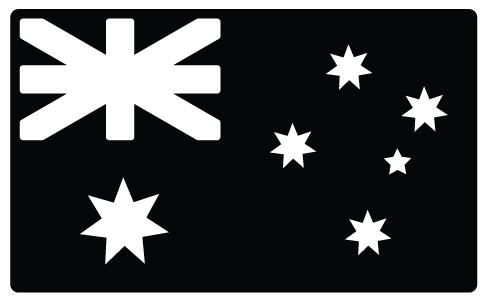
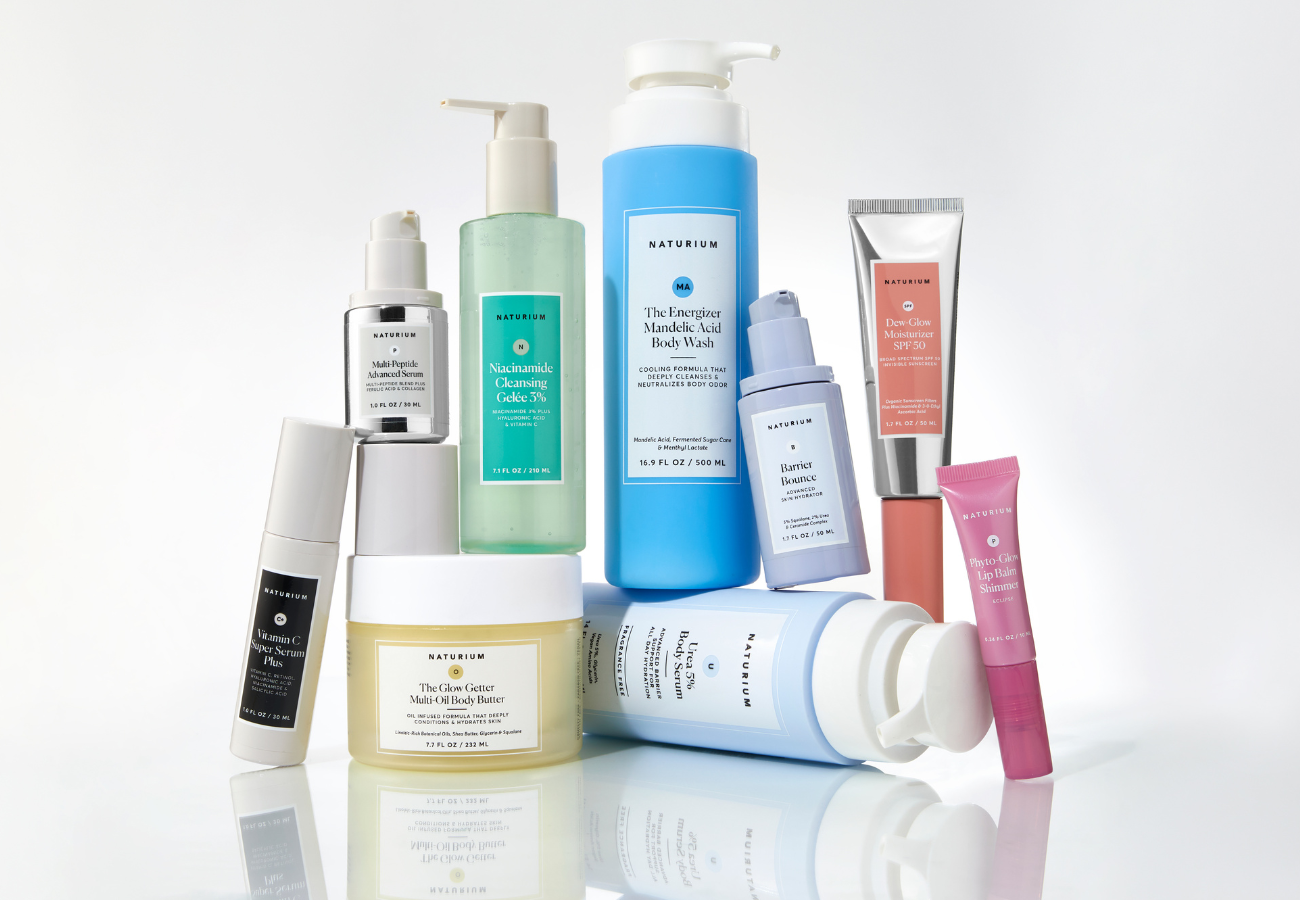
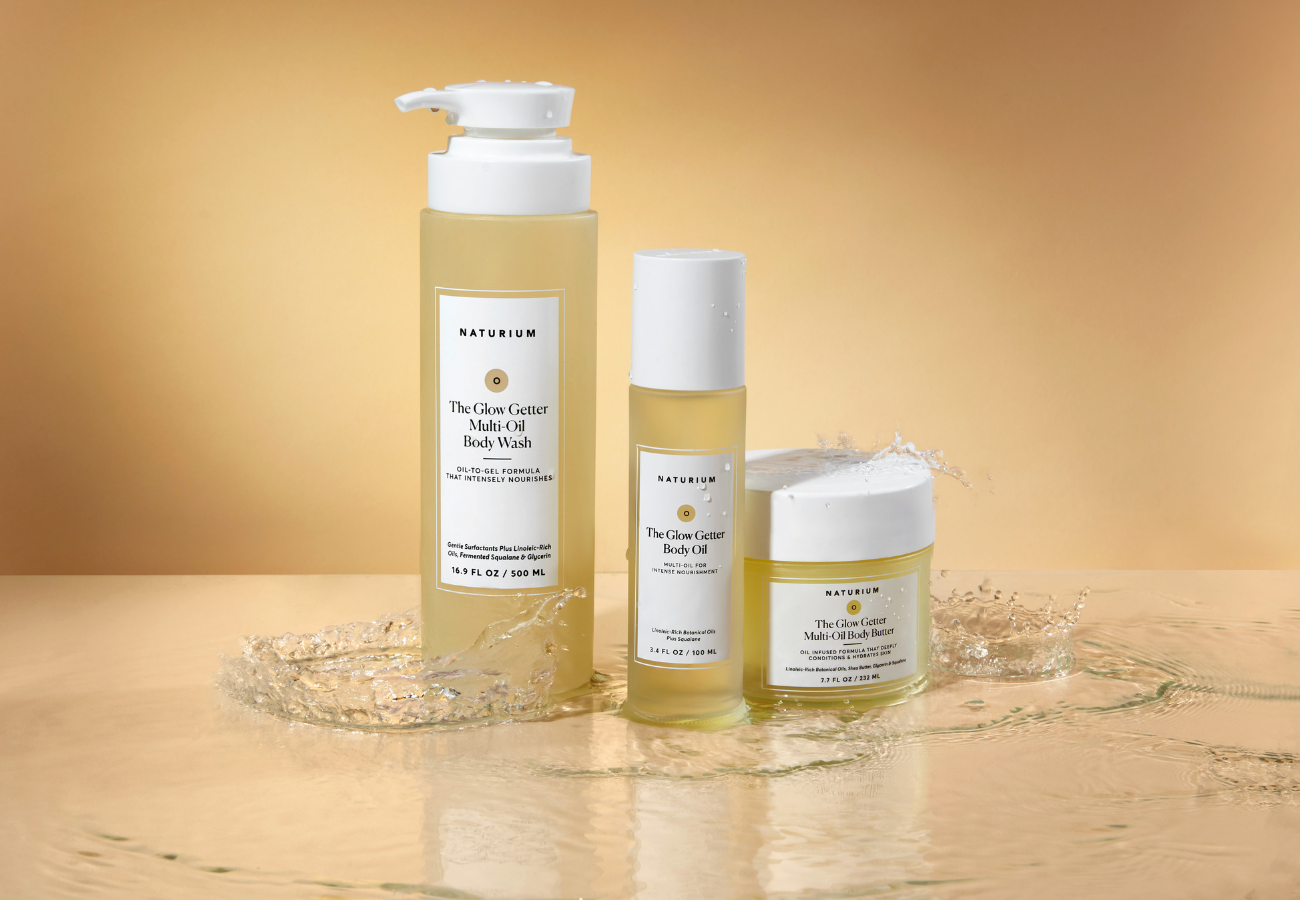
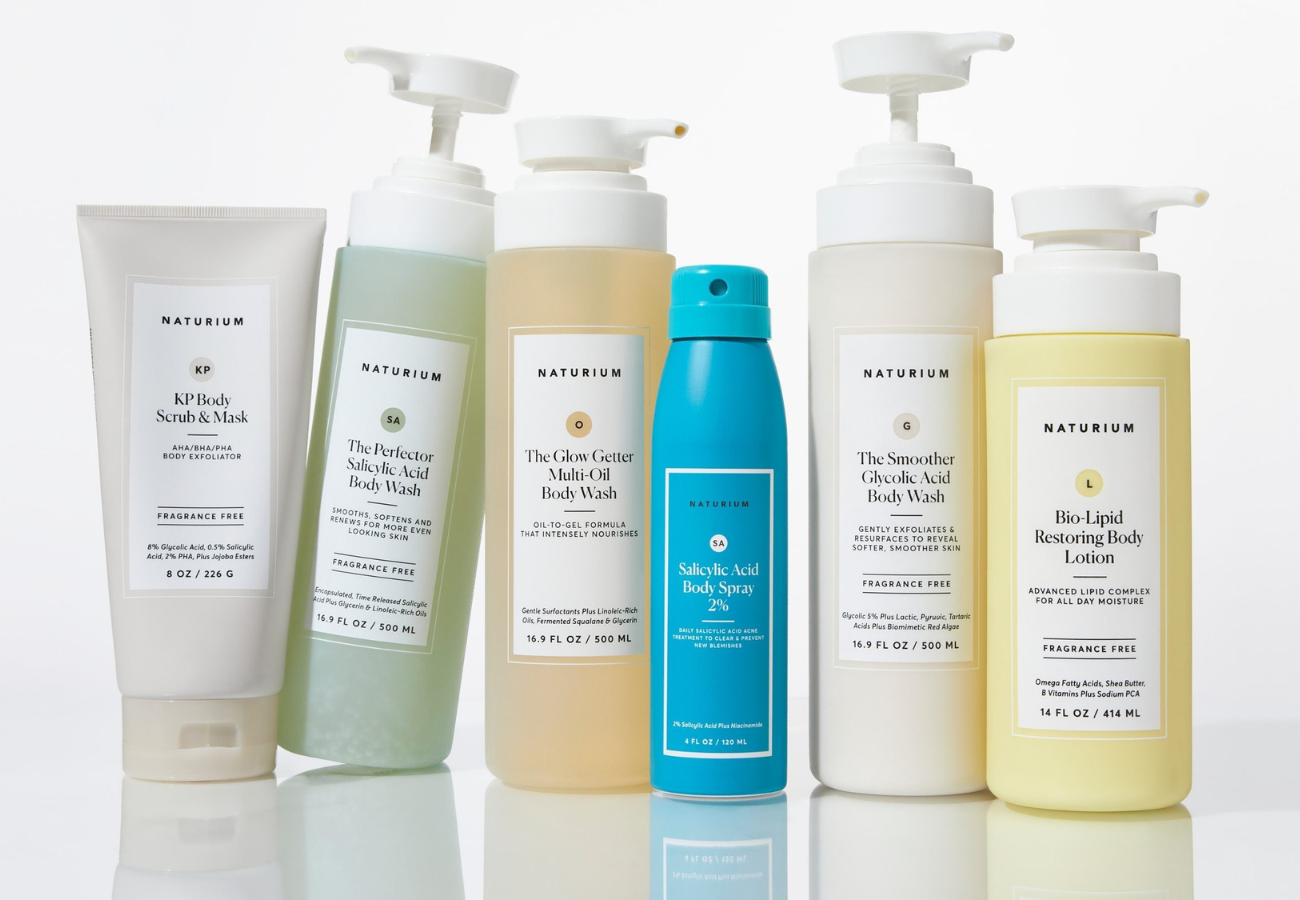
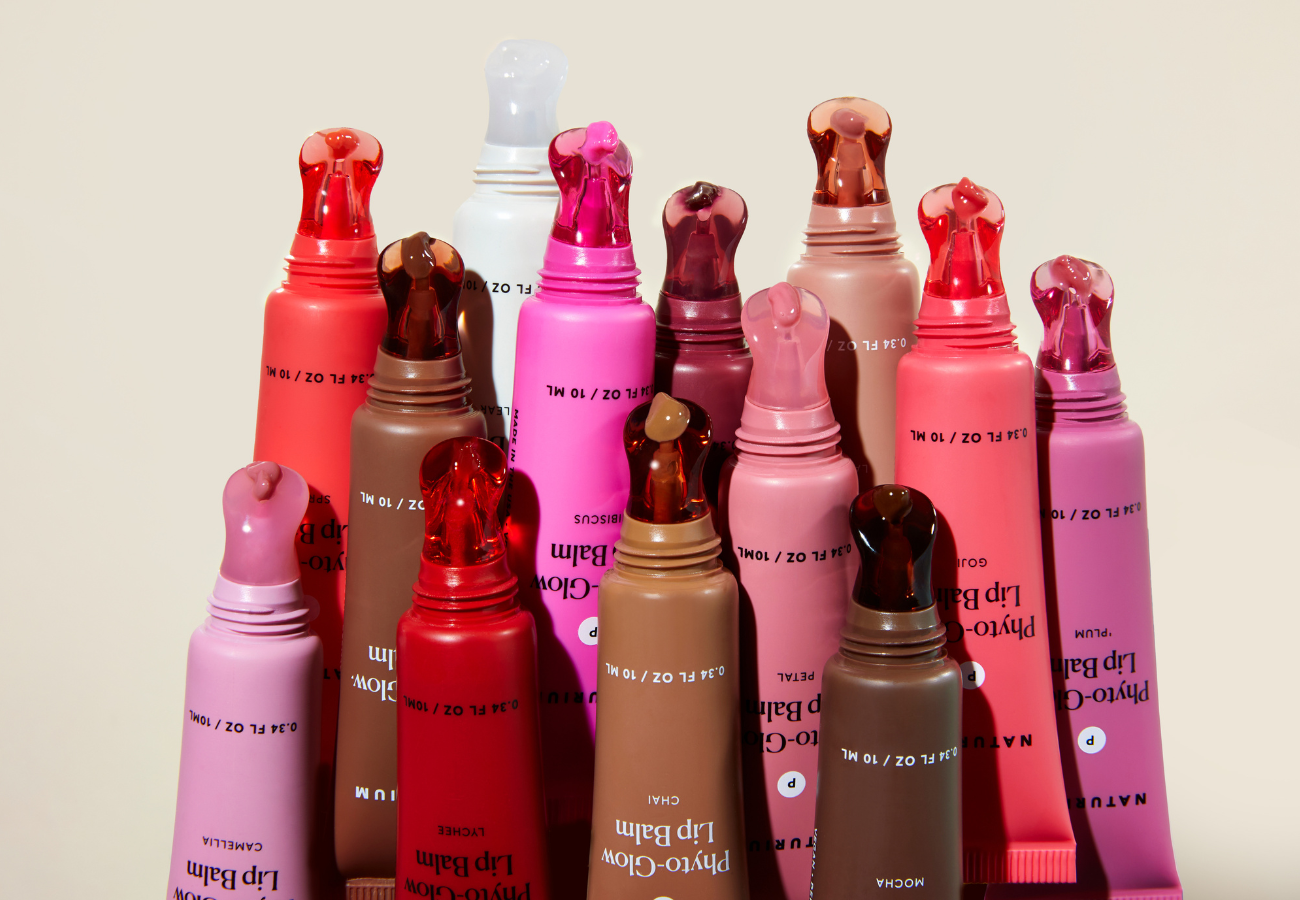
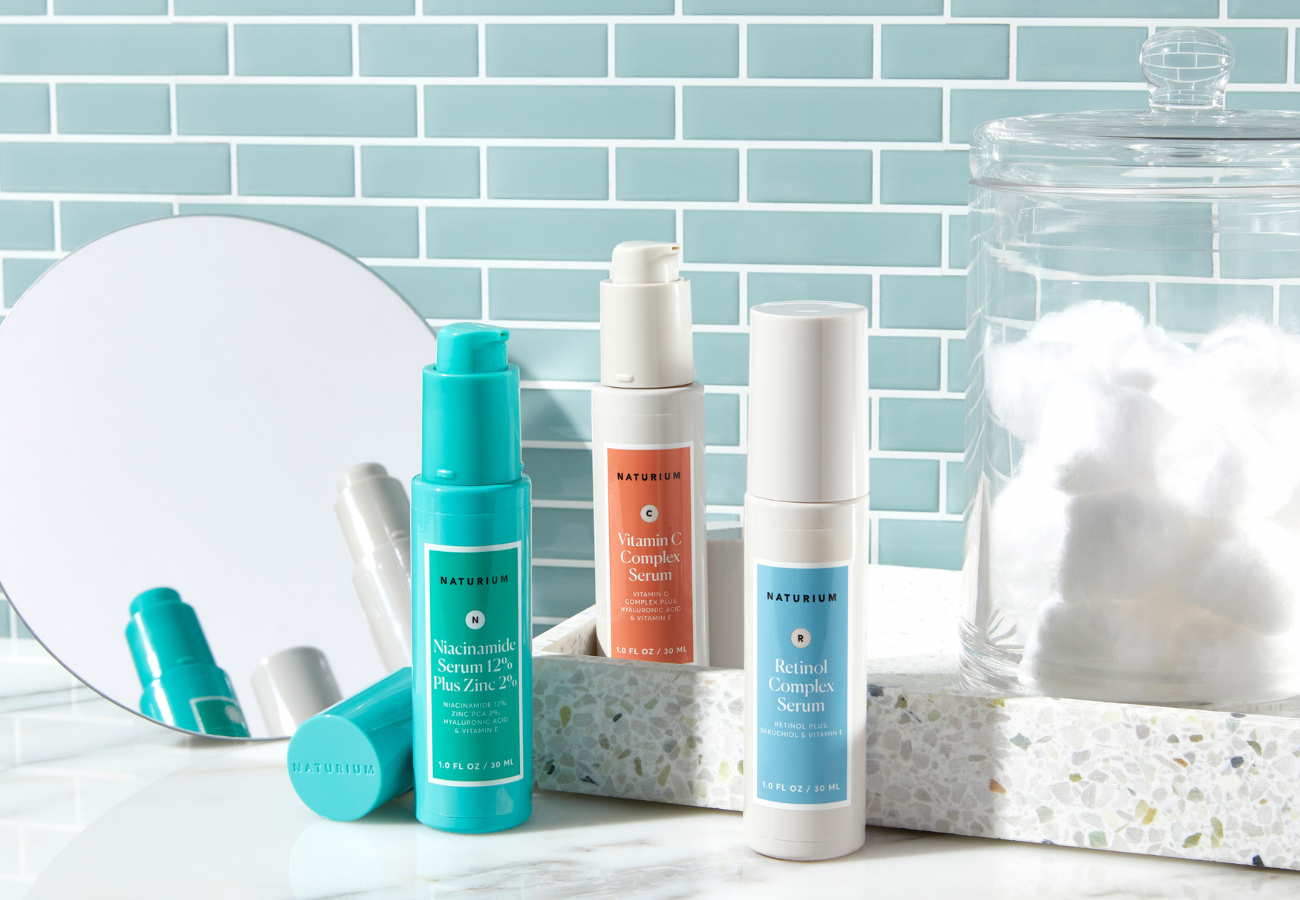
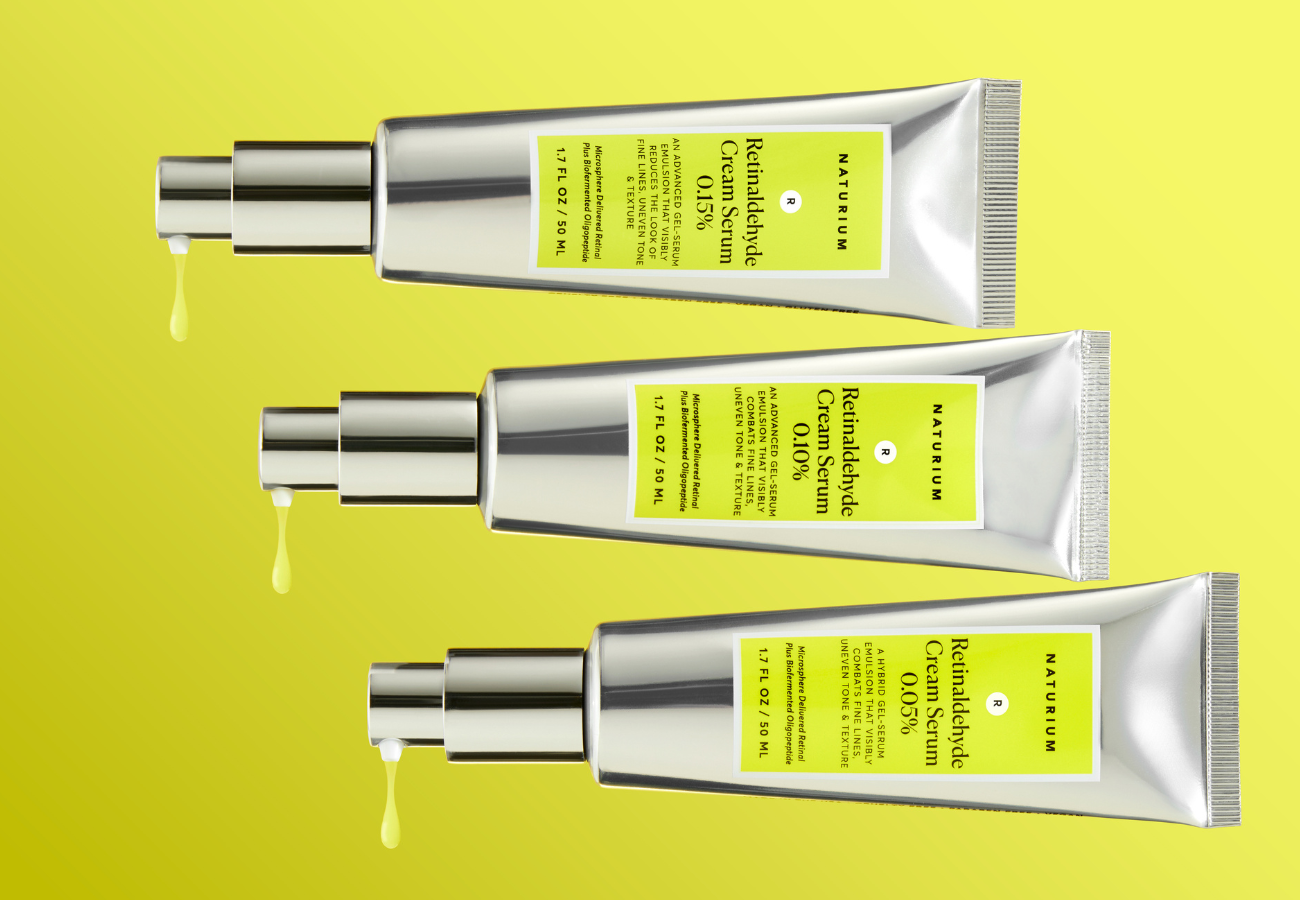
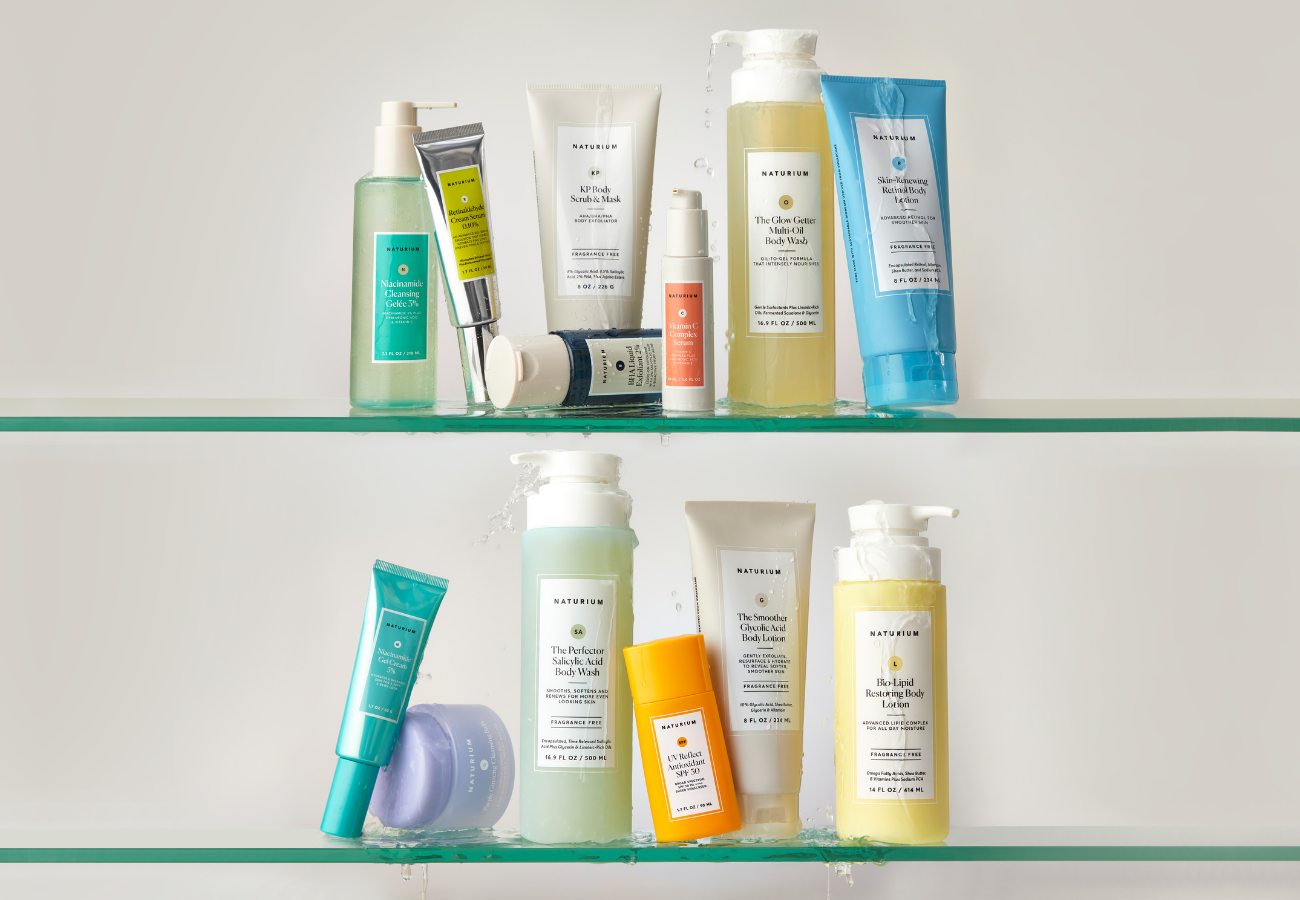
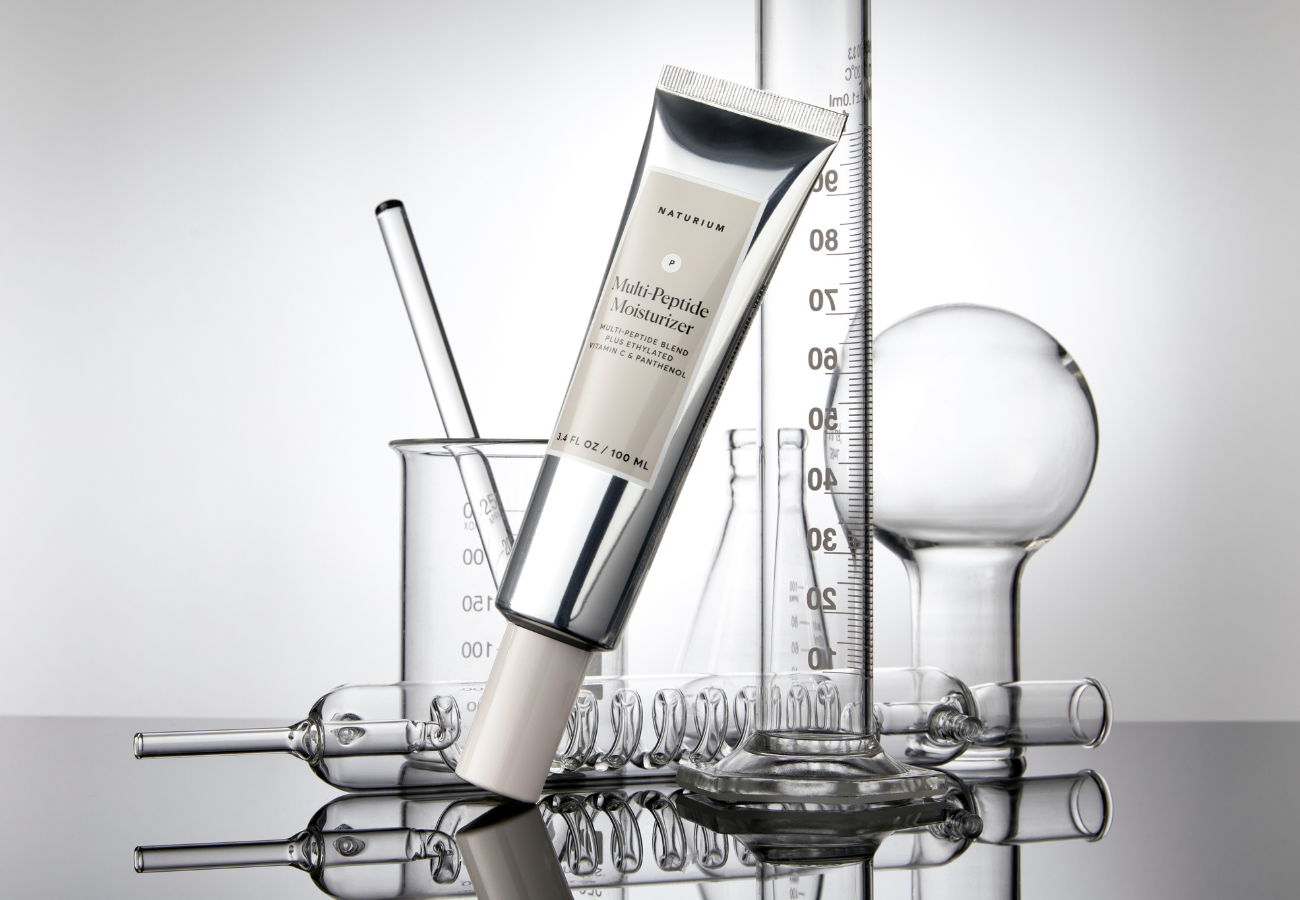
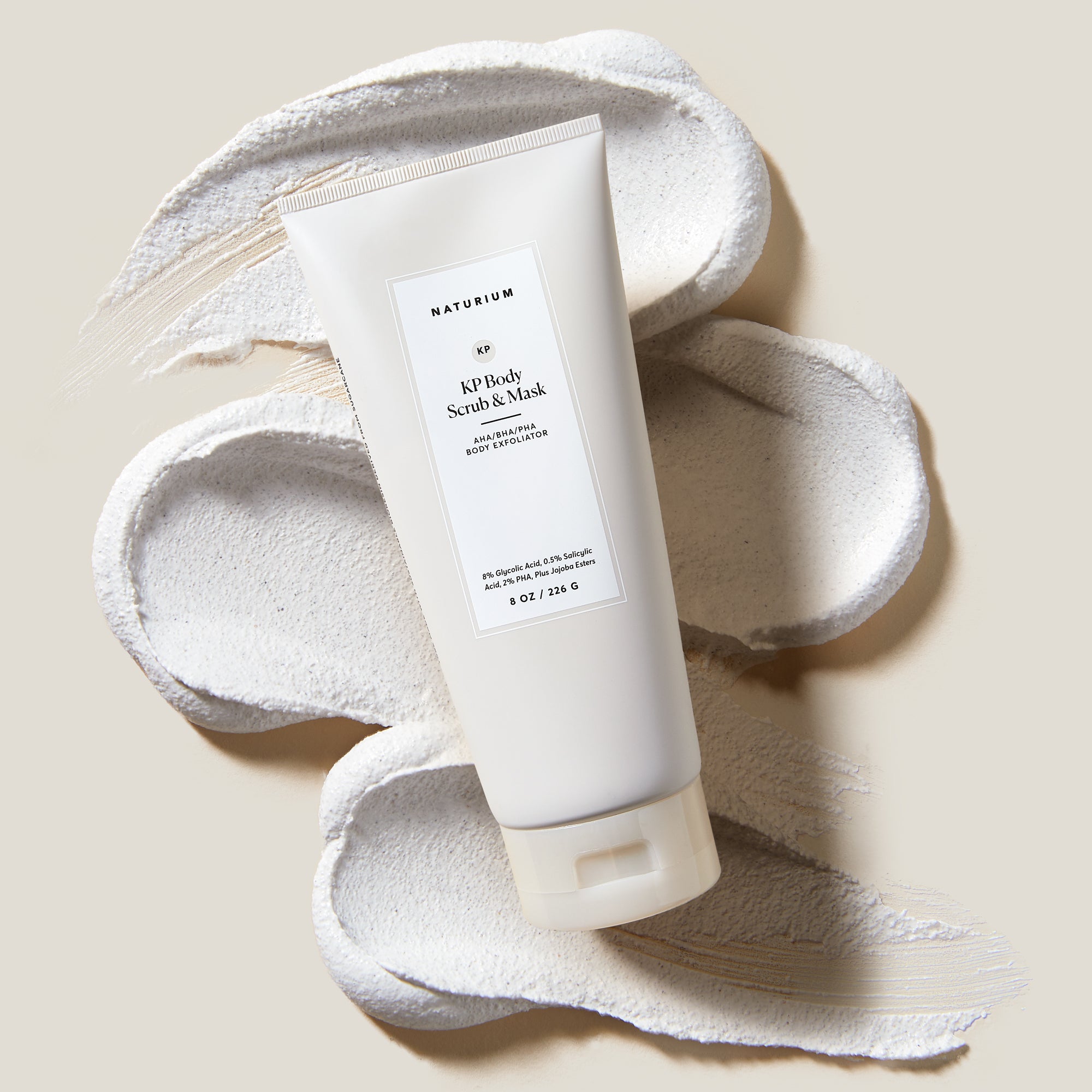
Leave a comment
This site is protected by hCaptcha and the hCaptcha Privacy Policy and Terms of Service apply.